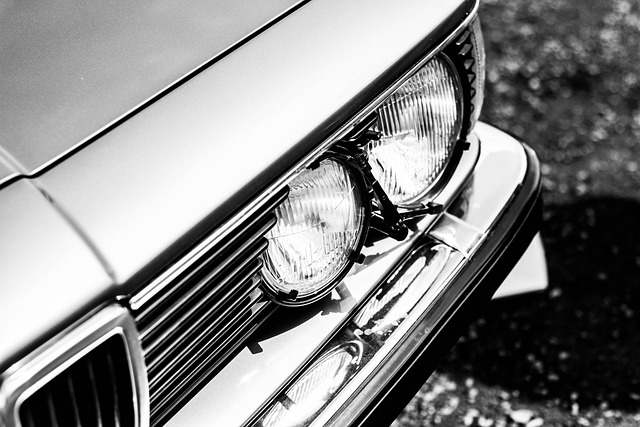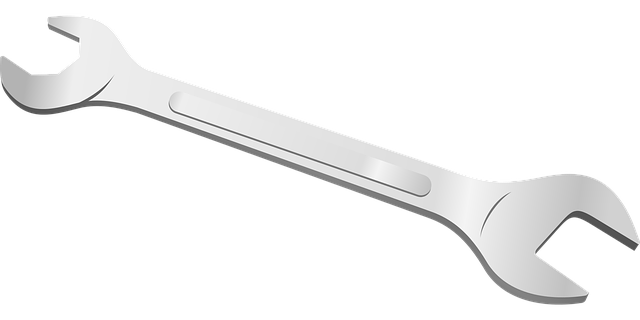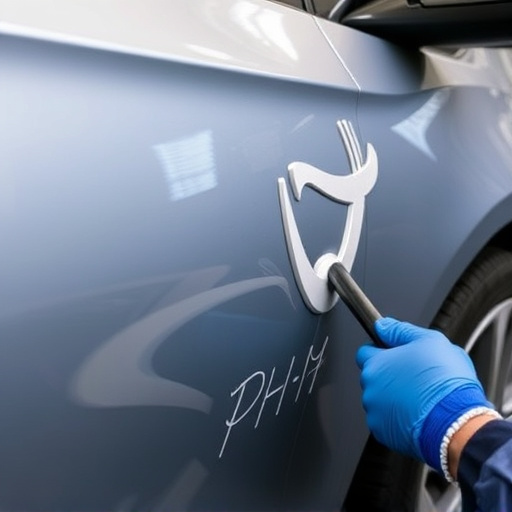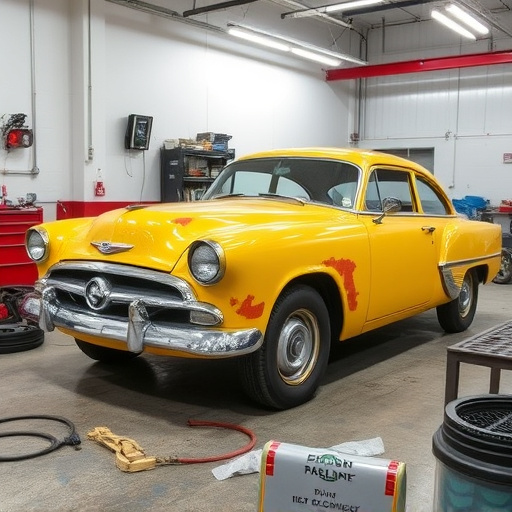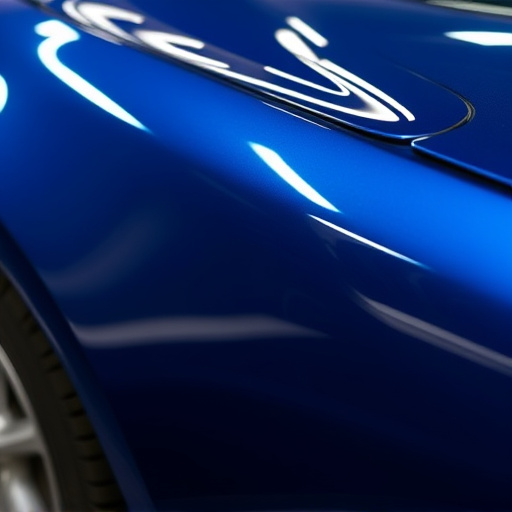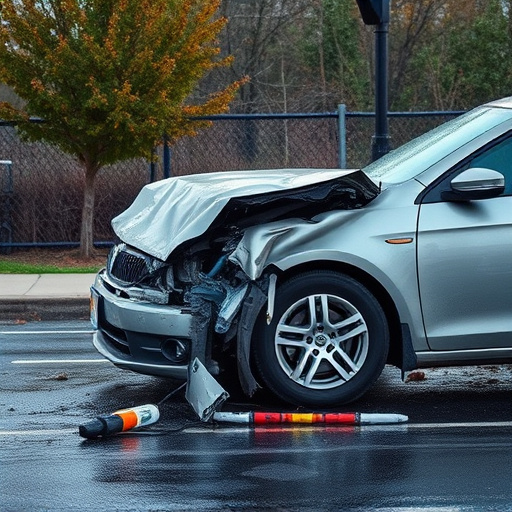Claim dispute resolution offers a structured, fair process for resolving compensation disagreements. It begins with claiming and documentation, advancing to negotiation or alternative methods like mediation, arbitration, or litigation. For auto painting and body repair, robust documentation and reputable mechanics are key. The process encourages open dialogue through neutral mediators, fostering mutual respect and understanding to reach a just resolution without lengthy legal fights.
Claim dispute resolution is a critical process in any business or legal setting, ensuring fair outcomes and minimizing costs. This article delves into the intricacies of effective claim dispute resolution, offering insights on navigating this intricate landscape. We explore the step-by-step process, key factors influencing outcomes, and powerful strategies for achieving successful resolutions. By understanding these elements, organizations can enhance their dispute management capabilities.
- Understanding Claim Dispute Resolution Process
- Key Factors Influencing Dispute Outcome
- Effective Strategies for Successful Resolutions
Understanding Claim Dispute Resolution Process
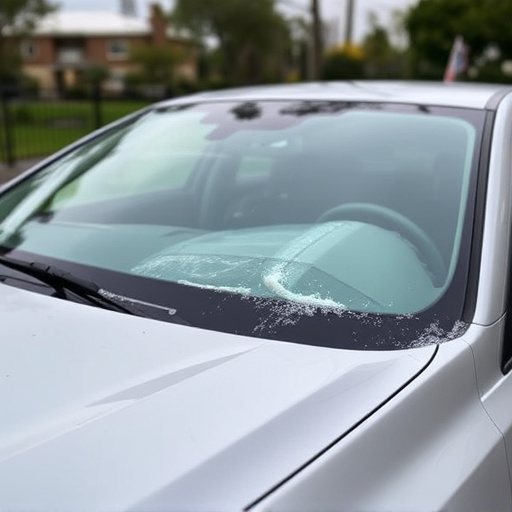
The claim dispute resolution process is a structured approach designed to address and settle disagreements between parties involved in various types of claims. It’s a crucial aspect of ensuring fairness and efficiency, especially in cases where there’s a disagreement over the validity or extent of compensation. This process typically involves several stages, beginning with the initial filing of the claim, followed by assessment and negotiation attempts. If these fail, it may progress to mediation, arbitration, or litigation, each offering distinct advantages and legal frameworks.
Understanding this process is essential for all involved, including individuals seeking compensation for damages, such as a car dent repair, and body shop services, as well as businesses operating car repair shops. Knowing their rights, the steps to take, and potential outcomes can help resolve disputes swiftly and effectively, preventing prolonged legal battles or costly arbitrations.
Key Factors Influencing Dispute Outcome

When it comes to claim dispute resolution, several key factors can significantly influence the outcome of a dispute, especially in the context of auto painting and vehicle body repair claims. The first and perhaps most crucial factor is claim documentation. Comprehensive and accurate records of the incident, including photos, repair estimates, and witness statements, can strengthen a claimant’s case. Detailed documentation helps establish the extent of damage and the necessity of proposed repairs, such as those involving automotive restoration techniques.
Another critical aspect is the expertise and reputation of the repair shop or mechanic handling the dispute. Reputable facilities with experienced professionals in auto painting and vehicle body repair are more likely to provide high-quality work and maintain transparent communication throughout the claim process. This can lead to a positive outcome, ensuring that the claimant receives fair compensation for necessary automotive restoration services.
Effective Strategies for Successful Resolutions
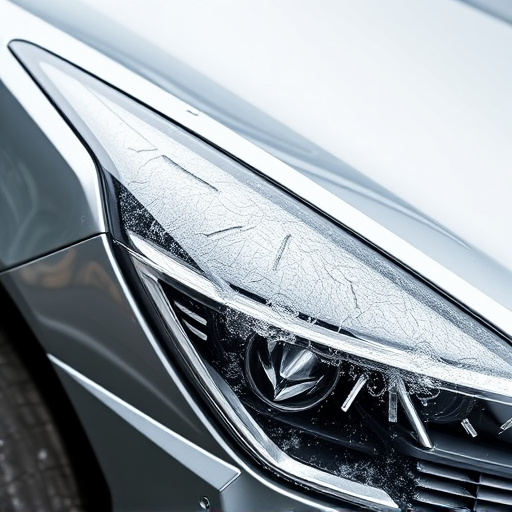
Effective Strategies for Successful Resolutions in claim dispute resolution require a thoughtful and structured approach. The first step is to actively listen to both parties’ perspectives, ensuring a comprehensive understanding of the issues. This involves gathering all relevant information, including details about the vehicle collision repair or tire services involved, and assessing the extent of damage or dissatisfaction. A neutral third-party mediator can play a pivotal role in this process by facilitating open dialogue and helping to identify common ground.
Promoting clear communication and mutual respect is paramount. Both sides should be encouraged to express their concerns without fear of judgment. This often leads to the discovery of hidden agreements or compromises that could hasten the resolution. For instance, in cases involving automotive repair disputes, a collaborative approach might involve agreeing on alternative solutions, such as replacement parts from different suppliers or adjustments to the repair scope, ultimately aiming for a fair outcome and avoiding prolonged legal battles.
Claim dispute resolution is a complex process influenced by various factors. By understanding the key elements that can shape the outcome, individuals and organizations can employ effective strategies to navigate these challenges successfully. This article has explored the intricacies of the claim dispute resolution process, highlighted critical influencing factors, and provided valuable insights into achieving favorable outcomes. Embracing proactive measures and leveraging best practices will enhance your ability to resolve claims efficiently, fostering a culture of fairness and satisfaction for all parties involved.
